PART 2 of How to Be Your Own Commercial Fleet Insurance Advocate Series
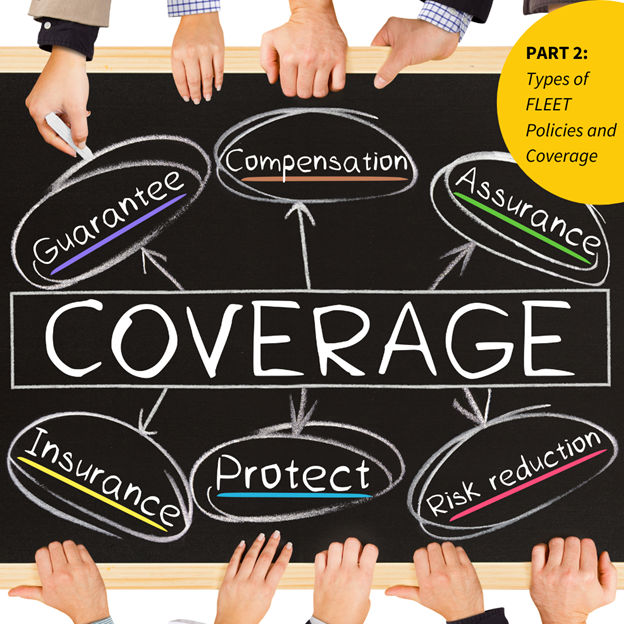
Getting a trucking insurance policy with the right coverage is one of the most fundamental aspects of a fleet’s business. It protects the carrier, vehicles and drivers from future claims and lawsuits (valid or fraudulent), and determines the payout amount in the case of an accident or incident involving the fleet’s vehicle, driver and cargo.
Understanding what kind of coverage is the best fit can be a tall order for a small fleet owner or owner-operator trying to juggle operations, sales and drivers.
In this blog post, we’ll break down the four primary types of commercial trucking insurance, policy limits and the average costs.
Four Types of Commercial Trucking Insurance
1. Physical Damage Insurance
Physical Damage insurance covers the costs to repair and replace the truck and equipment when an accident occurs. Just like personal auto insurance, carriers have the option to select collision and comprehensive. In most cases, carriers should have both types included in their policy.
Replacing a commercial truck can cost an average of $100,000-$200,000.
- Collision – Costs of repairing a vehicle due to an accident regardless of fault.
- Comprehensive – Costs of repairing a vehicle caused by non-accident incidents, such as theft, vandalism, or extreme weather.
Physical Damage coverage also provides additional financial protection beyond the vehicle and the driver.

- Towing – Towing to the nearest repair shop that can work on trucks.
- Downtime – Loan payments on the damaged vehicle while it is out of commission.
- Emergency Expense – Personal lodging, food, and transportation expenses that a driver may incur while out of town and unable to use the primary vehicle.
- Loan Gap Coverage – A truck’s value depreciates after an accident. Loan Gap Coverage restricts automotive lender payments to not exceed the claim settlement amount.
- Truck Rental – Renting an alternative truck and its insurance to complete a delivery.
- Flatbed Truck Coverage – Tarps, binders, and chains that are lost or stolen.
Commercial Auto Liability VS General Liability Insurance
Do motor carriers need both Commercial Auto Liability AND General Liability insurance? Yes, they actually need both types of liability to ensure total protection and coverage for vehicle accidents and non-vehicle incidents.
What Is the Difference Between Auto and General Liability?
Auto Liability insurance covers insureds when a crash occurs involving the vehicle. General Liability DOES NOT cover auto-related incidents. While most reported incidents and claims are auto-related and covered under Auto Liability, General Liability can protect insureds for a number of non-vehicle claims.
2. Commercial Auto Liability Insurance

The costs for damage to other vehicles and property, medical expenses related to an accident, and legal fees (if the carrier or individual is sued) are all covered under Commercial Auto Liability. Carriers can opt into any of the three policy options, depending on their requirements and budget.
- Bodily Injury Liability – Medical costs, lost wages, and legal expenses due to a driving accident.
- Property Damage Liability – Repairing or replacing another person’s property (vehicle) if at fault for an accident.
- Uninsured / Underinsured Motorist Coverage – Property damage or injuries caused by a driver with little or no insurance coverage.
Most shippers and insurers require trucking companies to have Commercial Auto Liability insurance as part of their policy. (Federal Motor Carrier Safety Administration FMCSA)
3. General Liability Insurance
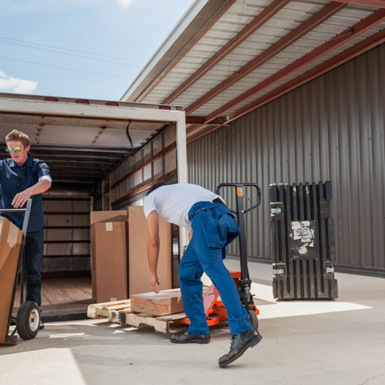
General Liability covers losses from property damages and/or injuries that ARE NOT directly related to operating a commercial truck.
Examples of General Liability Coverage (but not limited to)
- Injuries or claims that occur on the carrier’s, shipper’s or delivery property
- Damages caused by a driver’s actions at a resting location (motel)
- Injury from dog bites (watchdogs or a trucker’s dog)
- Inappropriate behavior while representing the carrier at truck stops, weight stations, rest areas and restaurants
- Delivery of damaged product
Cargo Insurance
Cargo insurance is like the right hand of a motor carrier’s insurance policy – you can’t have a complete policy without it. Cargo insurance covers damage to freight while being transported, loaded or unloaded. Damage may include: damaged or lost cargo due to fire, collision, running over or obstructing the cargo while in transit.
Additionally, cargo insurance covers cleanup expenses in the case of cargo and debris dispersing on the road.
Hazmat Insurance
Transporting hazardous goods is riskier than traditional non-hazmat goods, and therefore requires additional specialty insurance known as Hazmat Insurance. It ensures the safety and protection of vehicles and drivers, if a hazmat incident occurs. Carriers hauling hazardous goods are required by state and federal governments to have Hazmat Truck Insurance.
Key Words to Know in Commercial Fleet Insurance
- Premium – The price an insured pays for insurance, monthly and annually.
- Deductible – An insured’s share of an insurance claim, which they must pay before the insurer provides financial coverage.
- Policy Limits – The maximum amount an insurer will pay to settle an insured’s claim.
Policy Limits - Explained
Choosing the right Policy Limit for a fleet’s business reduces risk and unwanted surprises down the road. Policy Limits are the maximum amount an insurance company will pay for covered losses or damages associated with a driver and vehicle. They are broken into two categories – Per-occurrence Limit and Aggregate Limit. The amount varies based on the type of policy conditions set in place by the insurer and the policyholder’s risk profile.
- Per-occurrence Limit – Maximum amount of money an insurer will pay for a single incident or claim, after the deductible is met.
- Aggregate Limit – Maximum amount of money an insurer will pay for total number of incidents or claims during the policy period (usually 1 year).
EXAMPLE – Policy with a $1 Million Per-occurrence Limit – the insurer will pay up to $1 million to cover any single accident, after the deductible is met. If the losses exceed $1 million, the policyholder will be responsible for the remainder.
For more information on aggregate and per-occurrence limits, click here.
According to the FMCSA, policy limits for motor carriers range from a minimum of *$750,000 up to $5,000,000. However, rates widely vary depending on the type of cargo being transported.
*Policy limits vary based on state, the shipper’s or carrier’s criteria, or cargo type (size, weight, value, hazardous, etc.).
Average Truck Insurance Costs
According to MarketWatch, the average truck insurance costs for independent truckers with a good driving record is around $9,000 to $16,000 per year (per vehicle). However, costs drastically vary based on a number of factors. Learn more about these determining factors in the blog post: PART 1 – What Factors Affect a Commercial Fleet Policy and Rate?
Finding an insurance agent who is knowledgeable and willing to take the extra time and effort to create a customized policy is critical to a fleet’s safety, security and operational success.
If you’d like to speak with a specialty insurance provider, connect with one of the ClearConnect Solutions’ qualified and vetted insurance partners below.



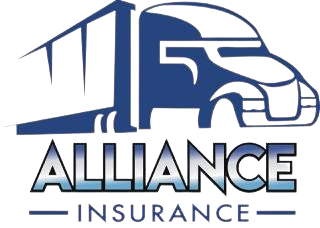
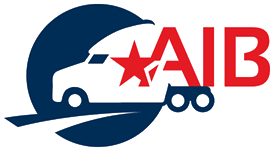












DISCLAIMER: ClearConnect Solutions, LLC provides compliance assessment, risk analysis and technology support for both the transportation and insurance industries. Our customers select us to help administer programs tailored to their needs, ensuring compliance is both achieved and maintained subject to business requirements and processes. ClearConnect Solutions, LLC is not a licensed insurance company, nor are its employees, personnel or contractors licensed agents. In no way should any correspondence received through ClearConnect be considered insurance advice or guidance, or an offer to sell or place insurance. All insurance specific matters should be directed to the appropriate retail agency or managing agent.